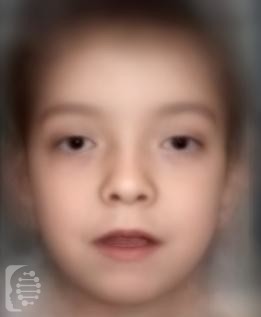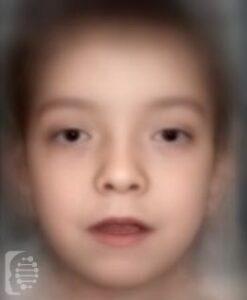What is Shprintzen-Goldberg Craniosynostosis syndrome?
Shprintzen-Goldberg Craniosynostosis syndrome very rare genetic condition that affects the connective tissue of the body.
The main syndromes concern the skeletal, facial, and cardiovascular parts of the body.
There are, to date, less than 50 patients worldwide diagnosed with the condition.
Syndrome Synonyms:
Craniosynostosis with Arachnodactyly and Abdominal Hernias; Marfanoid Craniosynostosis Syndrome; Marfanoid Disorder With Craniosynostosis, Type I
What gene change causes Shprintzen-Goldberg Craniosynostosis syndrome?
Mutations in the SKI gene are responsible for causing the syndrome. It is inherited in an autosomal dominant pattern.
In the case of autosomal dominant inheritance just one parent is the carrier of the gene mutation, and they have a 50% chance of passing it onto each of their children. Syndromes inherited in an autosomal dominant inheritance are caused by just one copy of the gene mutation.
What are the main symptoms of Shprintzen-Goldberg Craniosynostosis syndrome?
The main symptom of the syndrome is the premature fusing of the cranial, the part of the skull that encases the brain, and bones in infancy.
Characteristic physical features of the syndrome include a narrow and long skull, wide-set eyes, low set ears, a receding chin, bulging eye or eyes, flat feet, long and elongated fingers and toes, and a high palate.
Other potential health conditions include weak muscle tone, and hernias.
Severe developmental delays and intellectual disability are also common features of the condition.
Possible clinical traits/features:
Muscular hypotonia, Mitral valve prolapse, Minimal subcutaneous fat, Low-set, posteriorly rotated ears, Inguinal hernia, Intellectual disability, Micrognathia, Osteopenia, Pectus excavatum, Metaphyseal widening, Metatarsus adductus, Narrow chest, Narrow palate, Myopia, Anteverted nares, Abnormal form of the vertebral bodies, Abdominal wall muscle weakness, Joint laxity, Joint contracture of the hand, Joint hypermobility, Telecanthus, Frontal bossing, Ptosis, Proptosis, Camptodactyly of finger, Talipes equinovarus, Talipes, Umbilical hernia, Scoliosis, Strabismus, Microcephaly, Supernumerary ribs, Reduced bone mineral density, Sporadic, Abnormality of the pinna, Abnormal mitral valve morphology, Abnormality of the metaphysis, Abnormality of the ribs, Aplasia/Hypoplasia of the abdominal wall musculature, Aortic dilatation, Arnold-Chiari type I malformation, Arnold-Chiari malformation, Arachnodactyly, Apnea, C1-C2 vertebral abnormality, Camptodactyly of toe, Abnormal aortic valve morphology, Obstructive sleep apnea.
How is it diagnosed?
To find out if someone has a diagnosis of Shprintzen-Goldberg Craniosynostosis syndrome, it is important to have a consultation and evaluation with a clinical genetic specialist. Specialists may also suggest specific genetic testing or other types of tests to help reach a diagnosis. FDNA’s AI technology can help speed up the diagnostic process by analyzing facial features and other health information.


